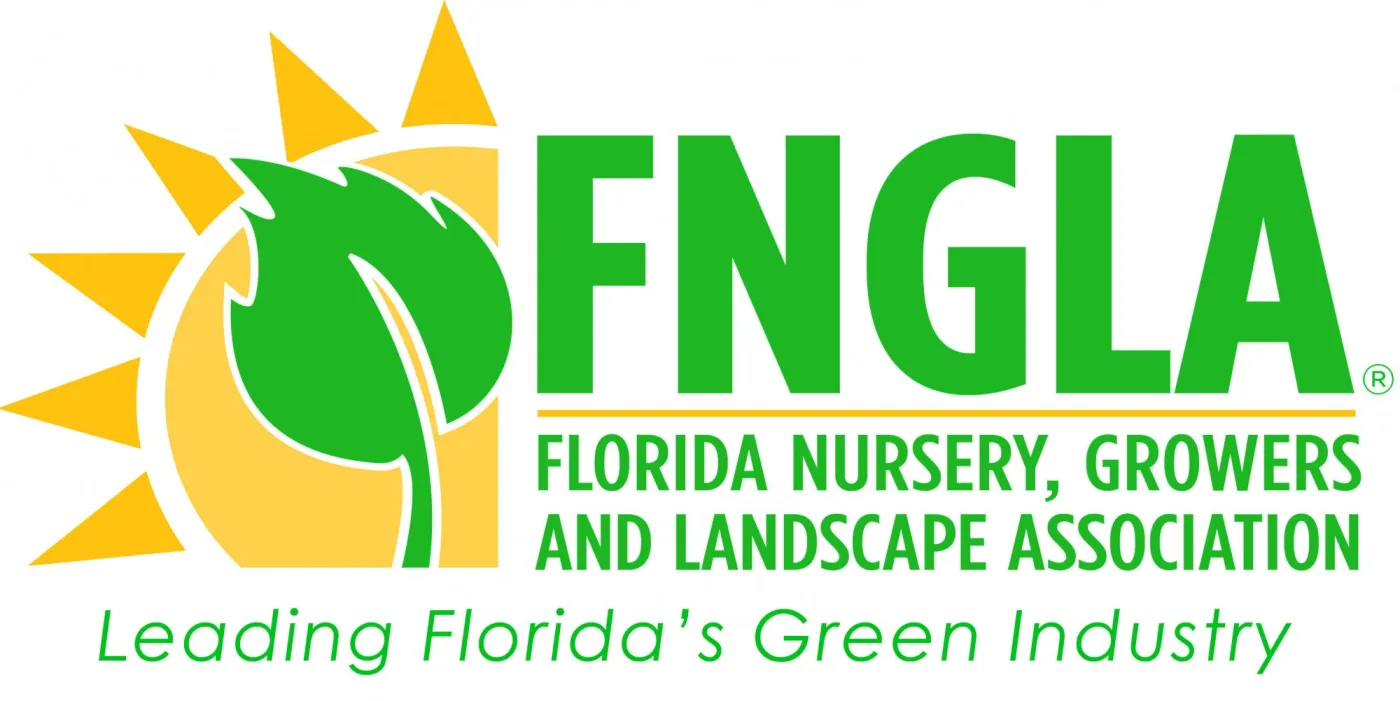As the season's change, so should your Gainesville lawn maintenance action plan. We have compiled a few lawn care myths that we would like to debunk to help keep your lawn in great shape during the winter months.
Feel free to share this with your neighbors as well! That way, the whole neighborhood knows the facts and has beautiful landscapes this winter.
MYTH 1: Turn irrigation system off
FACT: Your lawn will certainly need less water in the winter than summer, but it still will need some if you want a quick green-up in spring. In North Florida, we get several cold fronts that really drop the temperatures quickly - but we also get some warm fronts that can spike temperatures during the day as well. Having a drought-stressed lawn combined in those warm spells will cause your lawn stress and slow down its spring recovery. For most lawns, we recommend watering once a week during the winter and bumping it back to 2 days in March.
MYTH 2: Prune back Crape Myrtles as soon as they drop their leaves
FACT: Properly pruning your Crape Myrtles (watch the linked video to avoid 'Crape Murder') will maximize blooms, promote new growth, and give your tree a great shape. Because of this, the best time to prune is in late-winter. By waiting till after the last of winter, you will no longer have the chance of frost killing the new growth early pruning can promote. We have more information on pruning your crape myrtles here- Quick Tip: When to prune your crape myrtles
MYTH 3: Don't worry about winter weeds
FACT: Weed control in winter is just as important as summer weed control, and it also sets you up for a better spring. The mistake most homeowners make is to wait too late to treat winter weeds, and the weeds thin out the turf and really start to take over. Winter is the best time to get started on turning your lawn around, because it will set you up for a quick green up in spring.
MYTH 4: There is no way to prevent brown patch
FACT: Most lawn pest control companies will tell you they cannot prevent brown patch fungus, and they only treat it reactively when it shows up. The truth is that although the active fungus will always live in the soil, a preventative fungicide application can be made a couple times a year during transition seasons, and the brown spots never show. Our disease prevention program uses a formula that has been tested and proven to help put a stop to those pesky brown rings.
MYTH 5: Prune back frost-damaged plants quickly
FACT: Many tender plants - such as Ginger, Lantana, and Philodendron can get frost damaged on some of our colder evenings. Pruning off the frost damaged growth can make them look more appealing, but you can actually do more damage if you remove the frost-damaged growth too soon. In fact, those ugly brown leaves actually help to protect the interior of the plant from future freezes, as the frost falls on them (like a natural frost blanket) instead of closer to the interior of the plant. Also, by pruning your plants, you can be promoting new growth in warm spells. If another cold snap comes through, you have a higher chance of completely killing the plant.
If we can be of help with any of your winter Gainesville landscape maintenance chores - or the surrounding areas of Alachua, Jonesville, and Newberry - please don't hesitate to reach out to us at (352) 378-LAWN or fill out our form at the top of the page!













